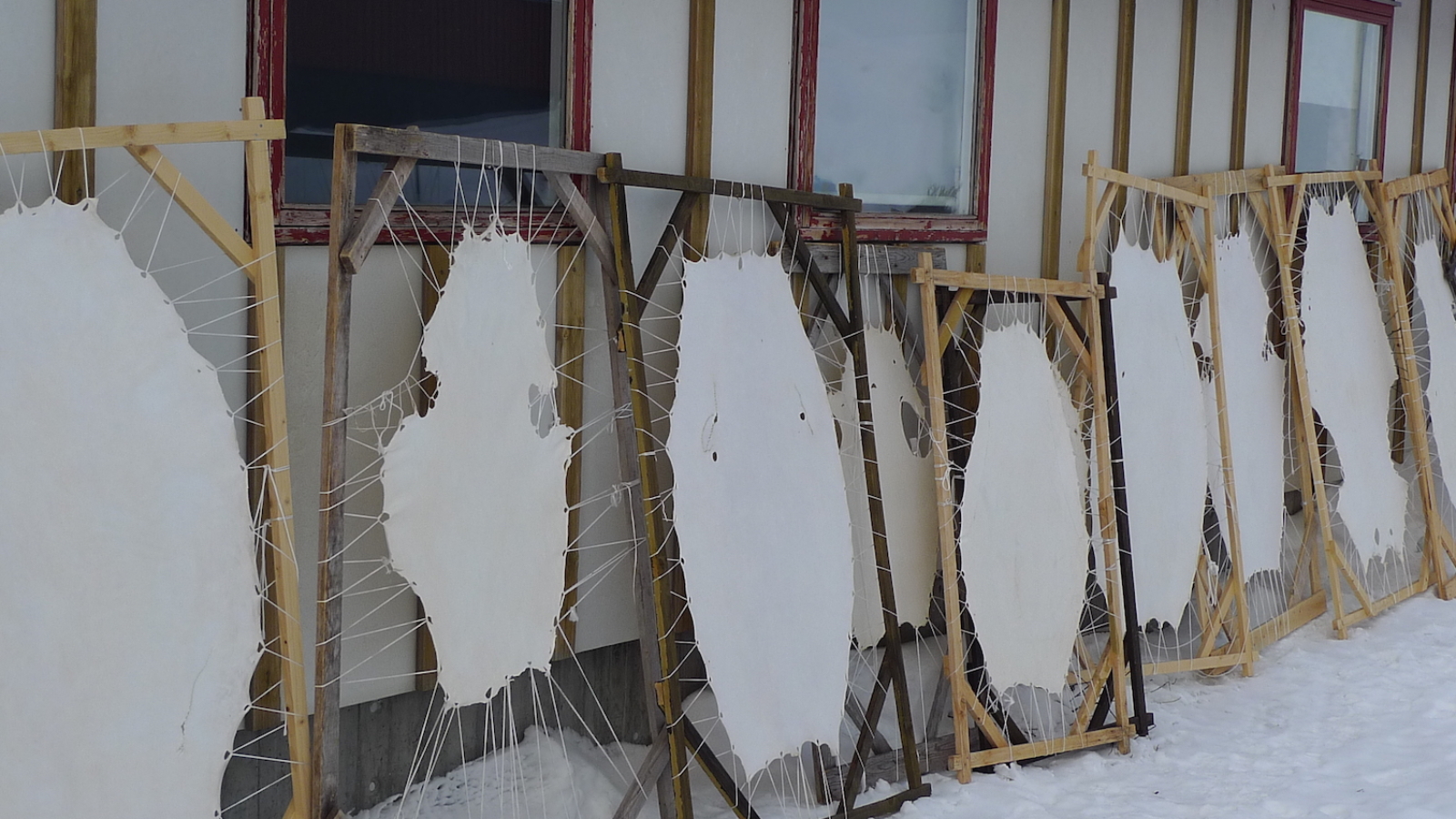By Kevin McGwin
Greenpeace is known for a lot of things. Many of them good. But among those who spend their time thinking about the Arctic, it is perhaps most closely associated with the disastrous impacts its efforts to stop Canada’s commercial seal harvest had on the Inuit and their ability to make a living from hunting.
The campaign, which emerged in the 1970s, is long since over. Greenpeace has, to its credit, sought to make up on a number of occasions, both apologizing for the damage and, earlier this year, publicly coming out in support of the Inuit exemption to the EU’s ban on the import of seal products.
Even so, the organization has a long road ahead if it hopes to better its image in the North, particularly among the Inuit and other indigenous groups. This is something Greenpeace is well aware of, but just how much progress must be made before it can put its past behind it was underscored during last month’s Arctic Circle conference in Reykjavík, Iceland.
Despite everything the organization had done to express its support for indigenous sealing in recent years, most people still seemed to be caught off guard when Jon Burgwald, a Danish Greenpeace Arctic campaigner, appeared wearing a sealskin vest.
The vest was a gift to Greenpeace, presented to Burgwald by Great Greenland, a tannery, after he explained during a report broadcast on MSNBC, an American news outlet, that it was never Greenpeace’s intention to damage the livelihoods of indigenous hunters.
Burgwald admits that the comments and wearing the vest are a part of the Greenpeace’s efforts to own up to its mistakes, but he underscores that the organization supports sealing primarily because “it is the right thing to do.”
“This is something that is good for our relationship to the people of the North, but it’s not a way to win new members,” he says. In fact, he suggests it may drive members away, given that the organization’s position puts it at odds with members who oppose all forms of hunting.
Even if Greenpeace is unable to change its image in the North, or change people’s conceptions about seal products in the rest of the world, the fact that it has re-evaluated its position represents an opportunity for the people of the Arctic, explains Nauja Bianco, a Greenlander who serves as an advisor with the Nordic Council of Ministers.
“This can gradually change the way people look at how things are consumed and used in the Arctic,” she says. “People still might not wear fur, even if it is sustainable, but there are other types of materials that come from the Arctic that are more durable and more sustainable than things produced elsewhere.”
What gives Arctic products an advantage, she explains, is that the resources they are made from (typically animals) are used for more than one product, and that as little as possible goes to waste. In the Greenlandic case, seals end up as food and clothing, and what’s left can be used to feed hunters’ dogs. Iceland, meanwhile, goes further. There, as much as 80 percent of a fish can wind up in food and non-food products ranging from cosmetics to expensive lamps. In Greenland, by comparison, just 40 percent of each fish is used.
“In a lot of places, you would just consider something unused as waste,” Bianco says, “but in the Nordic countries there is an increasing focus on getting more value out of the existing resources.”
Seal, though, is much more than something that can be eaten or worn. Both Burgwald and Bianco explain that wearing sealskin is a sign of solidarity with Inuit hunters. Just how much symbolic value sealskin carries was made clear last year when people began posting ‘sealfies,’ selfies taken while wearing sealskin, to social media websites after Hollywood star Ellen DeGeneres described seal-hunting as “one of the most atrocious and inhumane acts against animals allowed by any government.”
Episodes like handing over a sealskin vest to Greenpeace – and then having it be worn – would only seem to emphasise that symbolism. Lars Berg, the managing director of Great Greenland, warns against reading too much into the presentation, however.
He notes that over the past decade, a number of environmental groups have changed their attitudes toward hunting, and that Great Greenland’s gesture was a way to recognize that.
“This isn’t something for us to capitalize on. People should be allowed to change their position if they become wiser.”
Sometimes a sealskin is just a sealskin.
*****
*****
Kevin McGwin is a reporter for The Arctic Journal and Sermitsiaq, a Greenlandic newspaper. He has covered Greenlandic and Nordic issues since 2005.
[First photo courtesy of Kevin McGwin; second photo by Åse Maria Mikkelsen for Uggi Lights]
